Thursday, 30 May 2024
Umberto Eco
Sunday, 26 May 2024
Later
Saturday, 25 May 2024
When I am old...
Beyond The Bridge Grief Support for Pet Parents
Mushrooms communicate with each other using up to 50 ‘words’, scientist claims
Professor theorises electrical impulses sent by mycological organisms could be similar to human language
Buried in forest litter or sprouting from trees, fungi might give the impression of being silent and relatively self-contained organisms, but a new study suggests they may be champignon communicators.
Mathematical analysis of the electrical signals fungi seemingly send to one another has identified patterns that bear a striking structural similarity to human speech.
Previous research has suggested that fungi conduct electrical impulses through long, underground filamentous structures called hyphae – similar to how nerve cells transmit information in humans.
It has even shown that the firing rate of these impulses increases when the hyphae of wood-digesting fungi come into contact with wooden blocks, raising the possibility that fungi use this electrical “language” to share information about food or injury with distant parts of themselves, or with hyphae-connected partners such as trees.
But do these trains of electrical activity have anything in common with human language?
To investigate, Prof Andrew Adamatzky at the University of the West of England’s unconventional computing laboratory in Bristol analysed the patterns of electrical spikes generated by four species of fungi – enoki, split gill, ghost and caterpillar fungi.
He did this by inserting tiny microelectrodes into substrates colonised by their patchwork of hyphae threads, their mycelia.
“We do not know if there is a direct relationship between spiking patterns in fungi and human speech. Possibly not,” Adamatzky said. “On the other hand, there are many similarities in information processing in living substrates of different classes, families and species. I was just curious to compare.”
The research, published in Royal Society Open Science, found that these spikes often clustered into trains of activity, resembling vocabularies of up to 50 words, and that the distribution of these “fungal word lengths” closely matched those of human languages.
Split gills – which grow on decaying wood, and whose fruiting bodies resemble undulating waves of tightly packed coral – generated the most complex “sentences” of all.
The most likely reasons for these waves of electrical activity are to maintain the fungi’s integrity – analogous to wolves howling to maintain the integrity of the pack – or to report newly discovered sources of attractants and repellants to other parts of their mycelia, Adamtzky suggested.
“There is also another option – they are saying nothing,” he said. “Propagating mycelium tips are electrically charged, and, therefore, when the charged tips pass in a pair of differential electrodes, a spike in the potential difference is recorded.”
Whatever these “spiking events” represent, they do not appear to be random, he added.
Even so, other scientists would like to see more evidence before they are willing to accept them as a form of language. Other types of pulsing behaviour have previously been recorded in fungal networks, such as pulsing nutrient transport – possibly caused by rhythmic growth as fungi forage for food.
“This new paper detects rhythmic patterns in electric signals, of a similar frequency as the nutrient pulses we found,” said Dan Bebber, an associate professor of biosciences at the University of Exeter, and a member of the British Mycological Society’s fungal biology research committee.
“Though interesting, the interpretation as language seems somewhat overenthusiastic, and would require far more research and testing of critical hypotheses before we see ‘Fungus’ on Google Translate.”
French Bulldog history
The world's most valuable children's books
Are the books from your childhood packed in boxes in the basement? Old children's books can be valuable if they are the right edition in the right condition. And condition is so important when considering children's literature. Youngsters can love a book too much, reading it again and again, which results in extreme wear and tear. Crayon or pen markings, and torn or lost dust jackets all reduce the value of a book.
All the books below are classics and have been loved by generations of readers. Even Harry Potter is winning a new audience as its readers from the late 1990s become parents.
The Hobbit by J.R.R. Tolkien
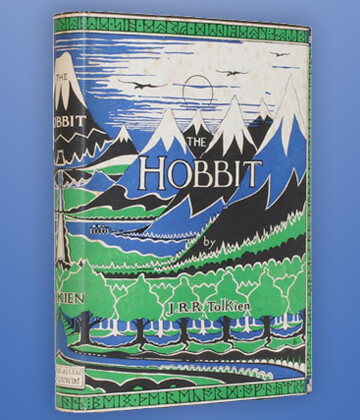
Top of the pile is The Hobbit - the book that launched the fantasy genre - and we're talking about the 1,500 first edition copies published in the UK on 21 September 1937 by Allen & Unwin. These copies are hard to find. If you discover one then it's the equivalent of Bilbo Baggins finding Gollum's ring in the depths of the goblin mountain. Peter Jackson's movies and the Amazon Prime series have helped to maintain interest in Tolkien's work.
Most expensive copy to sell on AbeBooks - a 1937 first edition sold for £45,050 in 2003.
Affordable alternative - The Harry Abrams 1977 deluxe illustrated edition, with artwork from Arthur Rankin Jr and Jules Bass, is gorgeous, and prices range from £25 to £310.
Alice's Adventures in Wonderland by Lewis Carroll
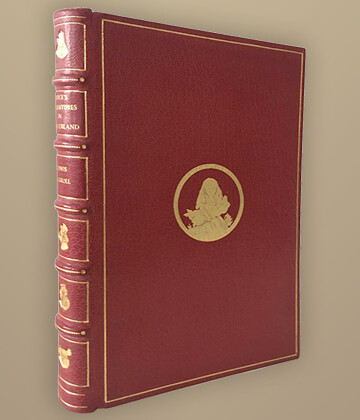
Several options for Alice's Adventures in Wonderland by Lewis Carroll. The first appearance of this book in print (2,000 copies) in 1865 was short-lived as illustrator John Tenniel disliked the print quality. Those '1865s' are like hen's teeth and have seven-figure price tags. The next edition (4,000 copies) was released in December of 1865 but dated 1866. They are also expensive and scarce.
Current demand on AbeBooks is all about Salvador Dali's illustrated limited edition (just 2,500 copies) from 1969 and no (sane) parent would give their child this version of Carroll's famous tale. Published in 1969 by Maecenas Press/Random House, the book was issued with 12 loose colour illustrations by Dali. If Dali's surreal artwork isn't your cup of Mad Hatter's tea, Alice Liddell (later Hargreaves, the real Alice that inspired Carroll to write this book) signed 500 copies in 1932 for the Limited Editions Club and a handful are still available for anywhere from £2,425 to £4,850.
Most expensive copy to sell on AbeBooks - a Dali copy signed by the artist sold for £13,860 in 2014.
Affordable alternative - Princeton University Press republished Dali's Alice in 2015 and copies start at around £14. The book include a contribution from Carroll expert Mark Burstein, who examines what was going through Dali's mind.
Harry Potter and the Philosopher's Stone by JK Rowling

It has to be one of the 500 first editions printed by Bloomsbury in June 1997. The library system swallowed up 300 of them, so what happened to the other 200? If you have one then you have hit the JK Rowling jackpot.
The main characteristics of a 1997 first edition first printing are a print line that reads "10 9 8 7 6 5 4 3 2 1" and the crediting of "Joanne Rowling" not J.K. Rowling.
Most expensive copy to sell on AbeBooks - a 1997 first edition for £70,000 in January 2023.
Affordable alternative - Any of the Harry Potter books signed by their illustrators (ie Mary Grandpre, Jim Kay, Jason Cockroft) are available for low three-figure sums.
Where the Wild Things Are by Maurice Sendak
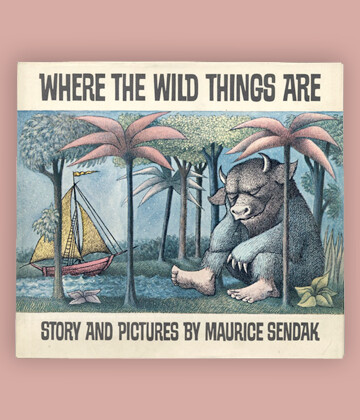
This simple children's picture book has had a remarkable impact on popular culture. To have a special copy, it has to be a 1963 first edition published by Harper & Row, and Sendak's signature will add thousands to the value. Sendak, who died in 2012, was a generous signer and often added sketches when signing a book.
Most expensive copy to sell on AbeBooks - a first signed sold for £17,330 in 2012.
Affordable alternative - There are Where the Wild Things Are posters. Not cheap but definitely collectable.
Charlie and the Chocolate Factory by Roald Dahl
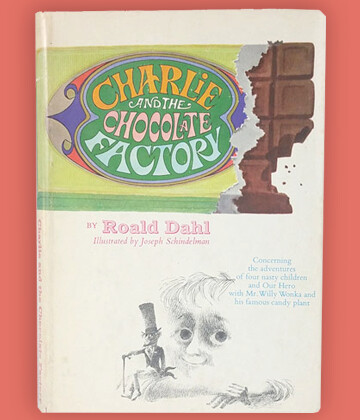
A modern classic where bad things happen to bad children. The golden ticket here is a September 1964 first edition published by Knopf that's been signed by Dahl, and has a pristine dust jacket. Only 10,000 copies were printed and they sold out in four weeks.
Most expensive copy to sell on AbeBooks - a first edition signed by Dahl sold for £17,330 in 2015.
Affordable alternative - Look for Dahl books signed by his illustrator Quentin Blake.
The Velveteen Rabbit by Margery Williams
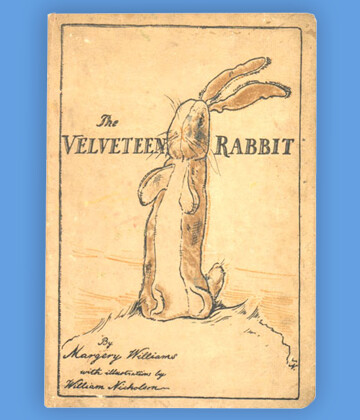
A lesson to all of us about being careful in what is thrown away. Both the US and UK editions were published in 1922 and you will need one of these to have something special on your bookshelf. William Nicholson provided seven memorable full-page illustrations.
Most expensive copy to sell on AbeBooks - a US first edition sold for £11,055 in 2013.
Affordable alternative - Marjory Williams also wrote a book with a very long title called Poor Cecco. The Wonderful Story of a Wonderful Wooden Dog Who Was the Jolliest Toy in the House until He Went out to Explore the World. Arthur Rackham provided stunning illustrations. It's possible to find early 1925 editions for several hundred pounds.
Winnie the Pooh by A.A. Milne
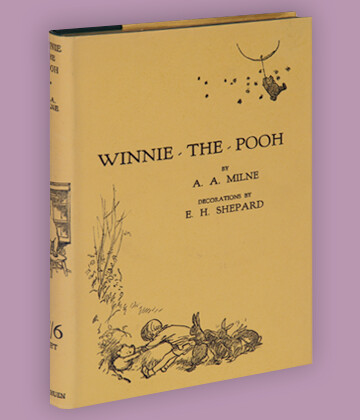
The story about the bear with little brain is an essential item for any children's book collector. Published in 1926 by Methuen, the ideal copy would be signed by Milne and perhaps also the book's illustrator E.H. Shepard. The presence and condition of the dust jacket will heavily influence the value of this book that has delighted readers for 90 years.
Most expensive copy to sell on AbeBooks - a copy signed by Milne and Shepard, and containing a bookplate displaying Milne's London address sold for £8,215 in 2016.
Affordable alternative - Look for beautiful Folio Society editions from either 1999 or 2004 which can be found for under £70.
A Wrinkle in Time by Madeleine L'Engle
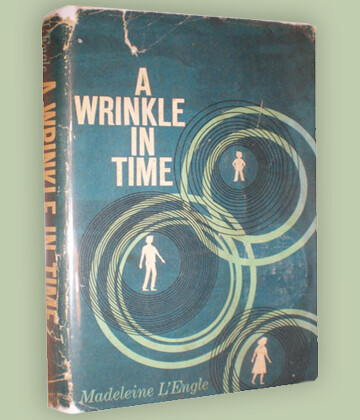
This story was rejected by dozens of publishers because they thought no young reader would understand the combination of science, and good versus evil. Ellen Raskin, author of The Westing Game, designed the dust jacket and your copy needs a pristine jacket to fetch a top price.
Most expensive copy to sell on AbeBooks - a true first edition for £7,625 in 2015.
Affordable alternative - Signed copies of A Swiftly Tilting Planet, the third book in the Wrinkle trilogy, are easy to find for between £35 and £275.
The Wonderful Wizard of Oz by L Frank Baum
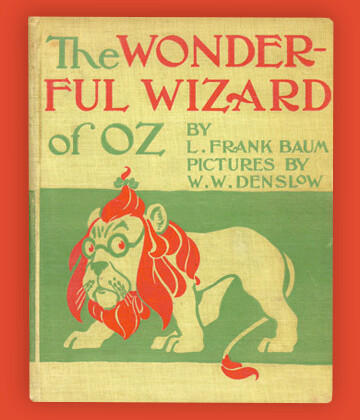
Dorothy and Toto are still going strong today. Is this book America's greatest fairytale? Probably. The first edition was published in 1900 by Geo M. Hill but the copyright notice is dated 1899. This book was first printed with 24 colour plates by W.W. Denslow.
Most expensive copy to sell on AbeBooks - a first edition for £6,100 in 2012.
Affordable alternative - The University Press of Kansas (of course) produced an illustrated edition in 1999.
Peter Pan in Kensington Gardens by J.M. Barrie
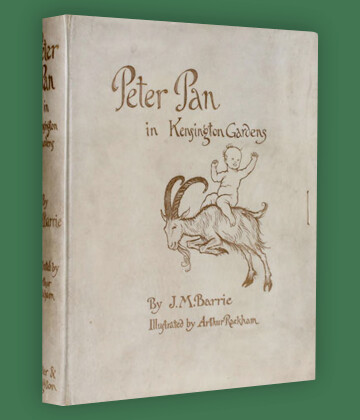
Peter Pan first appeared in Barrie's adult novel The Little White Bird in 1902. The boy who never grows up then appeared in a play that opened in 1904 and ran until 1913. A proper Peter Pan book finally appeared in 1906, called Peter Pan in Kensington Gardens. Arthur Rackham provided illustrations and it's the artwork that makes this book so appealing.
Most expensive copy to sell on AbeBooks - a first edition signed by Rackham sold for £4,505 in 2016.
Affordable alternative - Prices for the Folio Society's edition begin at £42.
https://www.abebooks.co.uk/books/rarebooks/most-valuable-childrens-books.shtml





